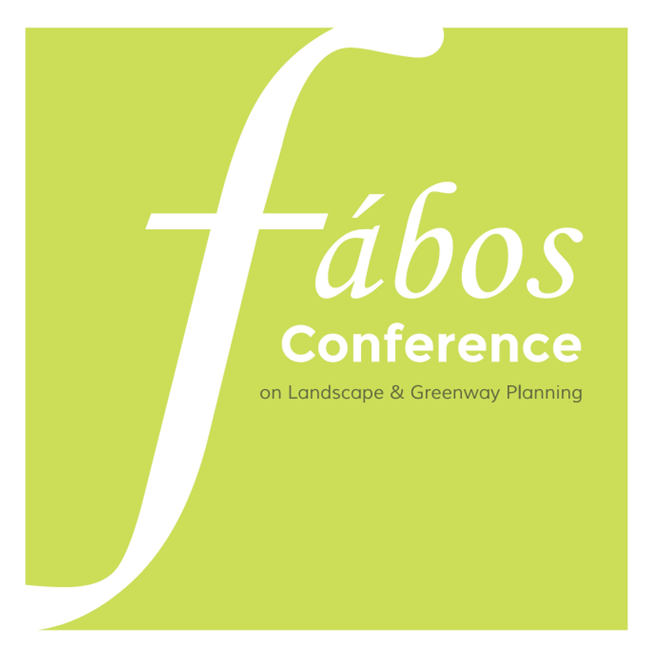Crossroads: Addressing Historical Redlining through Greenway Accessibility Case Study of Pleasant Run Greenway in Indianapolis, Indiana
Abstract
Greenway planning has advanced from its traditional role of linking open space networks to a holistic approach focused on providing equitable access to recreational corridors, urban landscapes, and culturally significant nodes. This research investigates the Pleasant Run Greenway and its surrounding neighborhoods, one of the most underutilized greenway systems in Indianapolis, Indiana, to explore how historic redlining has deprived these communities from the fundamental benefits of a greenway network, vital to enhancing quality of life. The aim of the research was to answer three research questions; how historical redlining impacts the accessibility and connection to Pleasant Run Greenway in present day, what are the gaps in the neighborhood's access to nature, social activities & economic opportunities and what kind of improvements are to be made to enhance accessibility and connection to the greenway.
Through a comprehensive site analysis, incorporating GIS mapping, on-site assessments, and online reviews, the study identifies critical gaps and opportunities for enhancing connections to the greenway. For an experiential observation, the author performed an on-site observation along all the bikeable streets connecting to the greenway. This includes identifying green elements for the study area derived from ASLA Standards and Green Plan Philadelphia and scoring their performance benefits in terms of environmental, social and economic aspects. The findings revealed several priority areas that hinder access to the greenway which include unsafe bridge underpasses, vacant lands, and street networks, particularly in neighborhoods that were historically redlined. The outcome of this study is a practical design guideline with targeted interventions across three critical dimensions of environmental, social and economic lens on a destination-to-destination basis.
Crossroads is a step towards creating a thriving community life around the Pleasant Run Greenway. This research underscores the transformative potential of greenway networks as a tool for urban regeneration whilst advocating for historically marginalized communities. By re-envisioning connections to the greenway as catalysts for safe, equitable, and enjoyable routes to nature and community, the research contributes to a broader vision of greenways as drivers of social equity and urban resilience.
Keywords: Greenway planning, Redlining, Unsafe, Underutilized, Quality of life, Community Life, Connections, Accessibility, Safe, Enjoyable
How to Cite:
Eshrati, D. & Bajracharya, J., (2025) “Crossroads: Addressing Historical Redlining through Greenway Accessibility Case Study of Pleasant Run Greenway in Indianapolis, Indiana ”, Fábos Conference on Landscape and Greenway Planning 8(1). doi: https://doi.org/10.7275/fabos.2379
Downloads:
Download Crossroads: Addressing Historical Redlining through Greenway Accessibility Case Study of Pleasant Run Greenway in Indianapolis, Indiana
Download Crossroads: Addressing Historical Redlining through Greenway Accessibility Case Study of Pleasant Run Greenway in Indianapolis, Indiana
391 Views
206 Downloads
